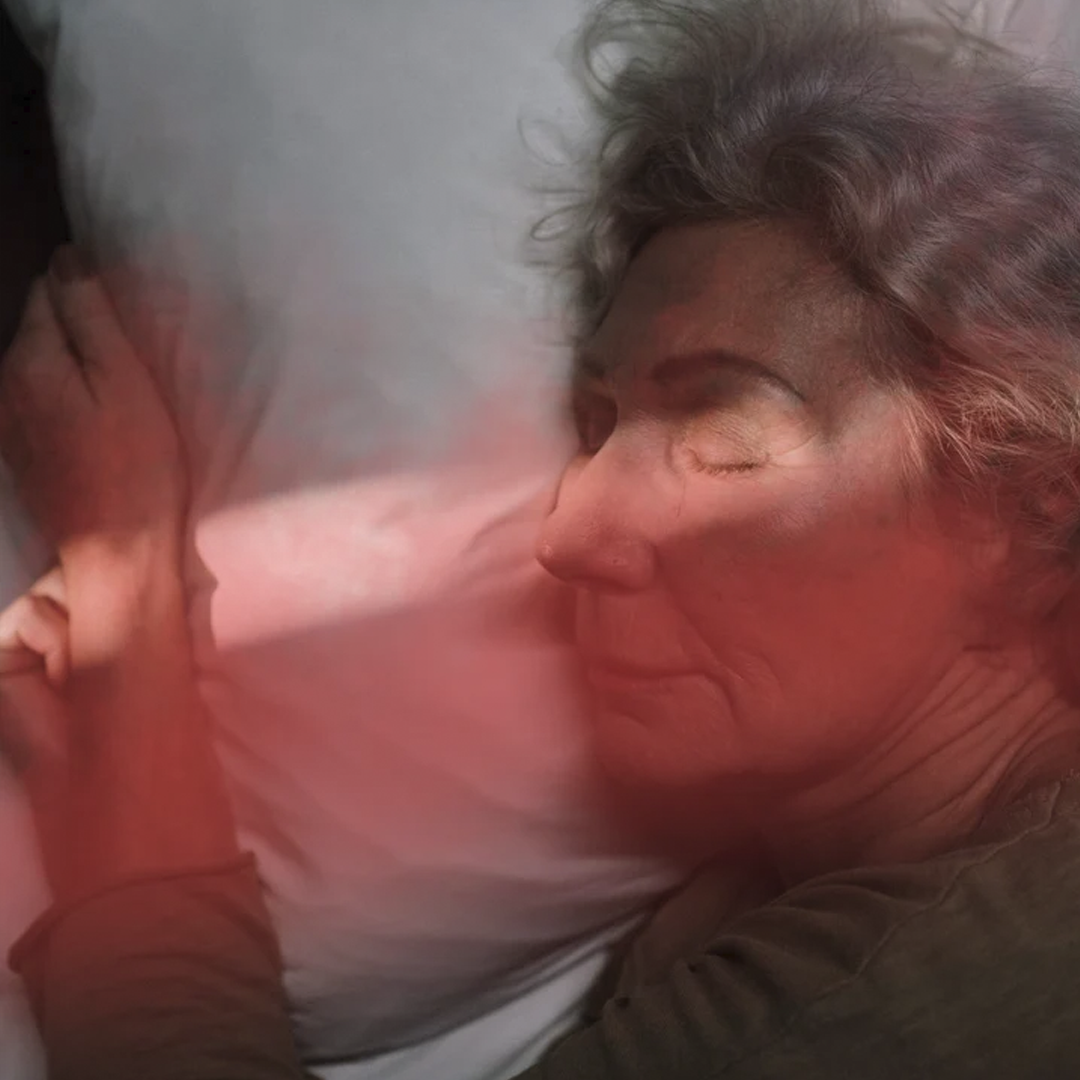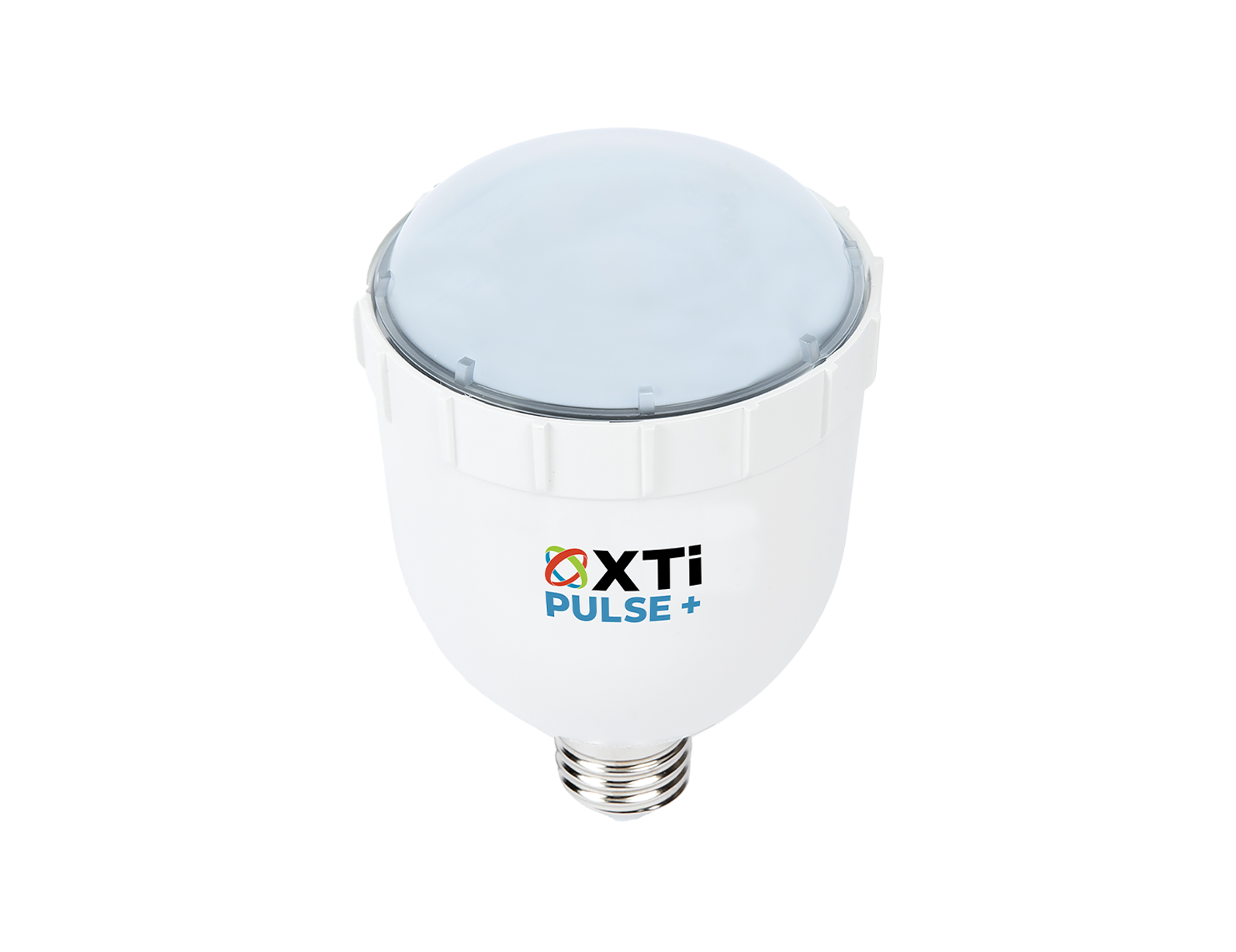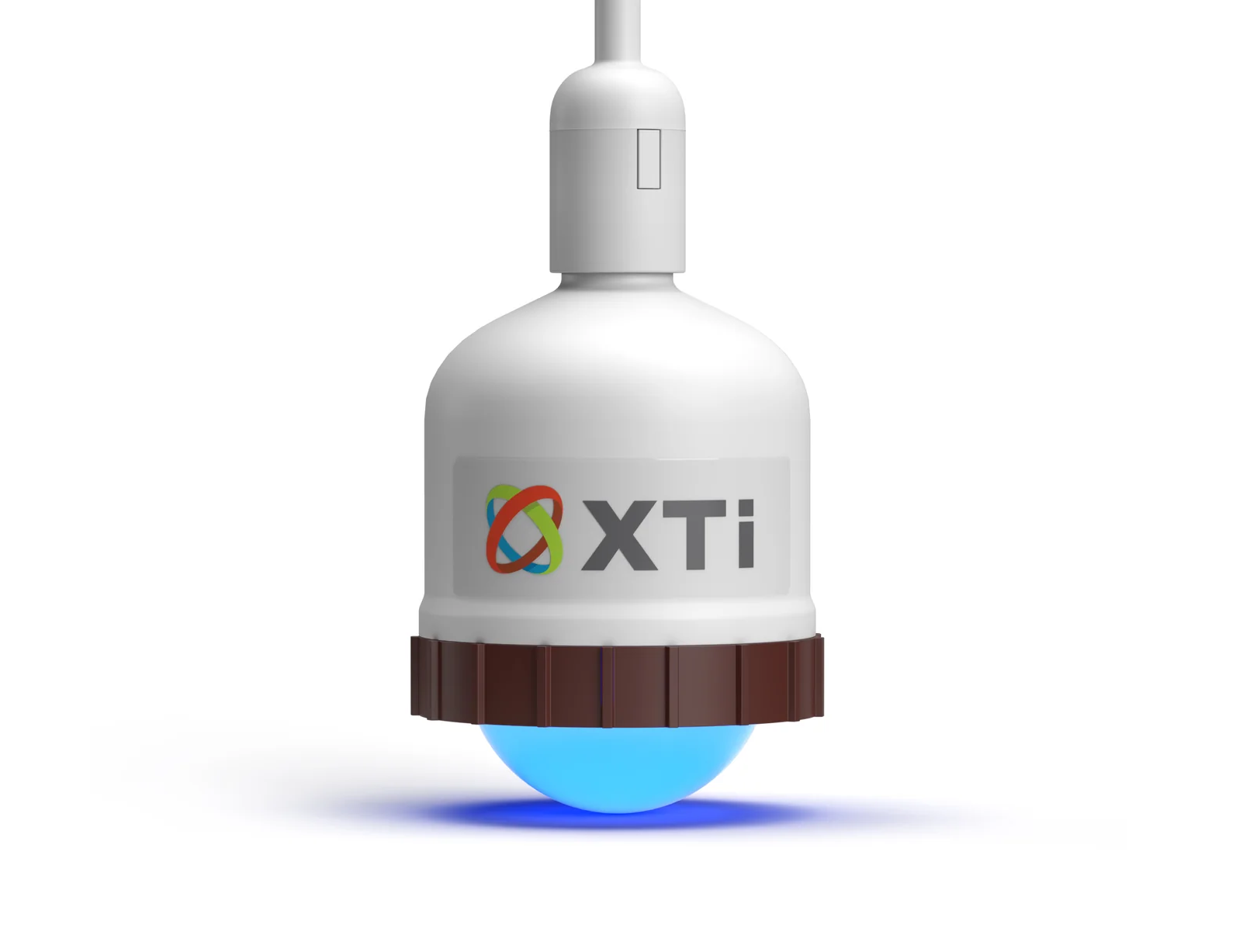
May 10, 2023
In today’s fast-paced, technology-driven world, it’s no secret that most humans spend a significant portion of their lives indoors. Studies have shown that an astonishing 92 percent of our time is now spent within the confines of buildings. While the conveniences of modern living are undeniable, this shift towards an indoor-centric lifestyle raises concerns about the impact of constant exposure to artificial light on our circadian rhythms – the natural biological cycles that govern our sleep-wake patterns and overall well-being.
Circadian rhythms are intricate internal processes that synchronize our biological functions with the 24-hour day-night cycle. These rhythms are regulated primarily by environmental cues, with natural sunlight being the most influential factor. Sunlight contains a broad spectrum of light, including blue wavelengths that suppress the production of the sleep hormone melatonin, helping us stay alert and awake during the day. As the sun sets, the absence of blue light signals the body to produce melatonin, facilitating the onset of sleep.
While artificial lighting has undoubtedly revolutionized our lives, the type of light emitted by most indoor sources can disrupt our circadian rhythms. Traditional incandescent bulbs have a warm, yellowish glow that mimics the sunset, signaling the body to wind down. However, the advent of energy-efficient LED and fluorescent lights has introduced a new concern.
These artificial light sources, particularly those with cool white or blue-rich light, emit a disproportionate amount of blue light. This blue light is similar to daylight and can confuse our biological clocks, tricking our bodies into believing it’s still daytime even during the evening hours. Prolonged exposure to such light can lead to a range of health issues and disrupt our natural sleep patterns.
Quality sleep is vital for overall well-being, and our exposure to artificial light before bedtime can wreak havoc on our sleep cycles. Research has shown that blue light exposure in the evening suppresses melatonin production, making it more challenging to fall asleep and achieve restorative sleep. Disrupted sleep has far-reaching consequences, including increased daytime sleepiness, reduced cognitive function, and a higher risk of mood disorders, such as depression and anxiety.
The repercussions of constant exposure to artificial light extend beyond sleep disruptions. Circadian misalignment caused by excessive indoor lighting has been associated with various health issues. It can disrupt metabolic processes, contributing to weight gain, diabetes, and cardiovascular problems. Furthermore, prolonged exposure to artificial light at night has been linked to an increased risk of certain cancers, such as breast and prostate cancer, due to the disruption of melatonin’s anti-cancer properties.
Fortunately, there are steps we can take to mitigate the adverse effects of artificial light on our circadian rhythms. Implementing “light hygiene” practices, such as dimming lights in the evening, using warm-colored bulbs, and reducing screen time before bed, can help signal our bodies to prepare for sleep. Additionally, incorporating exposure to natural light during the day, especially in the morning, can enhance our circadian alignment and overall well-being. Beyond these tips, utilizing a Luman Sleep light for 30 minutes prior to sleep has been shown to increase melatonin up to 500%.
There is no doubt that light malnutrition, the exposure to junk light, is now an ongoing part of our lives. Practicing proper light hygiene can help offset the toxic effects of junk light and help restore humans to a natural and healthy circadian function.
Discover the PULSE Series


